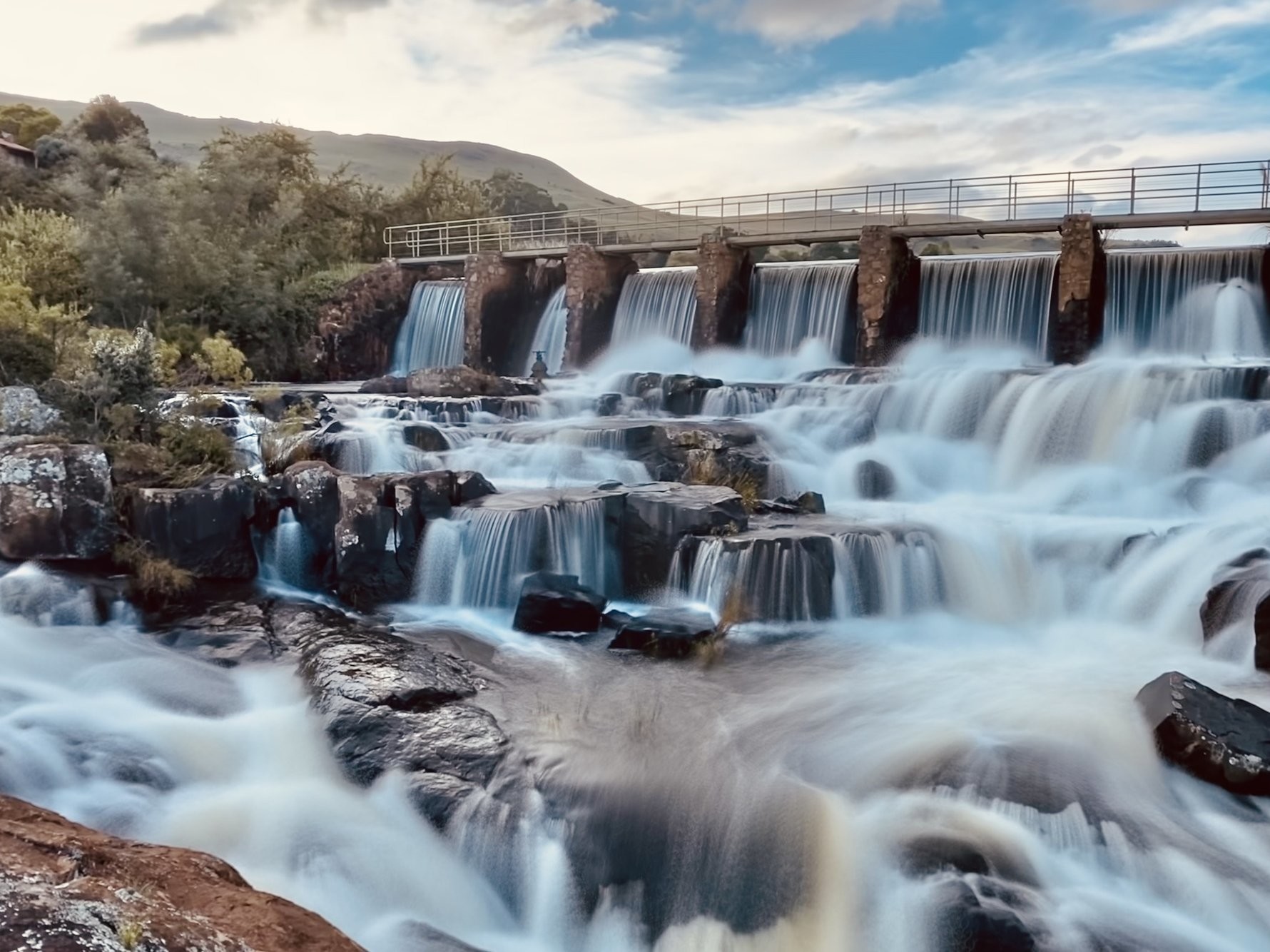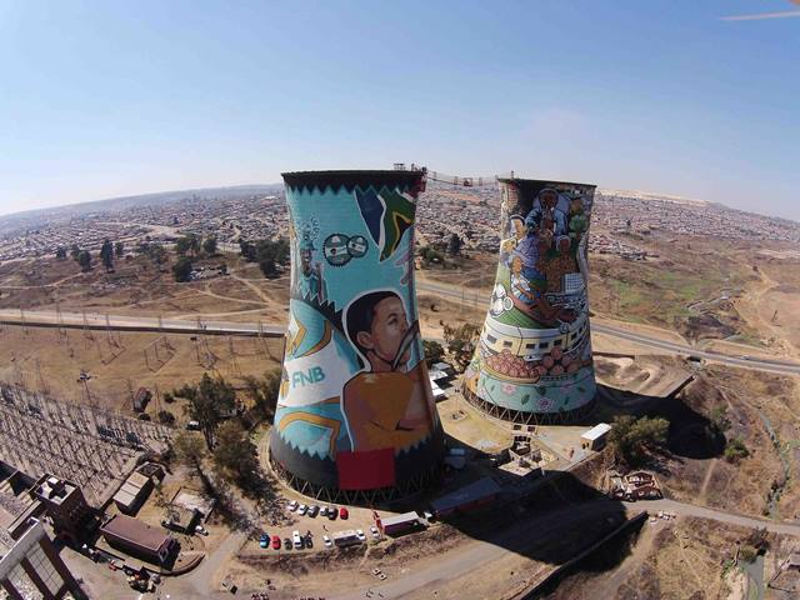Johannesburg North Attractions - The Facts
Johannesburg North Attractions - The Facts
Blog Article
Some Of Johannesburg North Attractions
Table of ContentsRumored Buzz on Johannesburg North AttractionsUnknown Facts About Johannesburg North AttractionsGetting My Johannesburg North Attractions To WorkHow Johannesburg North Attractions can Save You Time, Stress, and Money.What Does Johannesburg North Attractions Mean?Rumored Buzz on Johannesburg North Attractions
Quickly before Xmas 1898, a boilermaker from Lancashire, Thomas Edgar, became embroiled in an inebriated brawl with an uitlander neighbour. While standing up to arrest, Edgar was shot dead by a Z. A. R. police officer. The policeman was charged with murder yet the prosecutor minimized the fee to murder and released the accused on bond.. R. Johannesburg North attractions. In an initiative to restrain the circumstance, Smuts looked for to strike a deal with the mining business. The sharp Cambridge-trained lawyer invited Percy FitzPatrick (that was to obtain fame as the writer of Jock of the Bushveld, released in 1907) to act as the primary arbitrator for the mining houses
A. R. was brewing. Johannesburg, c. 1900 (www.geheugenvannederland.nl) When Johannesburg was founded in 1886, public education in the Z. A. R. was managed by the Education Law of 1882. The earlier Education and learning Legislation of 1874 had actually supplied that government institutions in the Z. A. R. (just a handful of such colleges remained in existence) were to be non-denominational and that direction was to be in Dutch or English, at the will of parents.
In 1886, Pope Leo XIII made up the Transvaal an independent prefecture under the jurisdiction of the Rt Revd Odilon Monginoux of the Oblates of Mary Immaculate, who was the first Prefect Apostolic of the Transvaal. On 20 July 1886, Fr John de Lacy O. M. I. checked out the Rand. He put on the federal government for a tract large enough to fit a church, a college and residences for the teachers.
Some Of Johannesburg North Attractions
The institution relocated to Doornfontein in 1895, and became referred to as the East End Convent. In 1905, the Holy Household sisters likewise started Parktown Convent School (now Holy Household College). On 2 November 1887, Miss Frances Buckland began instructing in a house on the edge of Jeppe and Rissik roads.
On 11 June 1887, the Revd John Thomas Darragh, the first Anglican clergyman to be stationed on the Rand, had gotten here from Kimberley. A massive tome on the background of Christianity in Africa observes concisely: 'The Anglican neighborhood at Kimberley was privileged to have as its leader J. T.
He had won a scholarship to The Royal School, Armagh, whence he had actually gone up to Trinity University, Dublin, as a Foundation Scholar. Here he had identified himself, being Classical Hebrew and Divinity Prizeman, and had come to be an Other of Trinity College. He was blessed in 1880, and came to be curate of All Saints, Grangegorman, Area Dublin.

He was an energised and enterprising man who promptly dove himself heart and heart right into the life of the expanding and bustling mining area. It was not just the Anglican who derived advantage, for Darragh worked unstintingly among all sectors of the town. For example, the small community of Greek Orthodox settlers in Johannesburg had no archimandrite, and so approached Darragh to carry out marriage and baptismal ceremonies.
The smart Trick of Johannesburg North Attractions That Nobody is Discussing
(www.eggsa.org) Around the very same time, the Revd Mr Darragh brought into presence St Mary's College for Boys, which was established up as a why not check here choir institution for St Mary's Church. The origins of St John's College can be mapped back to this school. The first headmaster of St Mary's School for Boys was Mr F.
The institution was evaluated by the Z. A. R - Johannesburg North attractions. education authorities at the end of 1888. The examination was passed with flying colours, particularly in respect of the criterion referring to the mentor of Dutch, as a result of which the institution obtained a 'extremely liberal give' from the state
6 Easy Facts About Johannesburg North Attractions Shown
Marist Brothers' College obtained such a good reputation that some authorities of the staunchly Protestant Z. A. R. federal government enrolled their kids as pupils at this Catholic school. In 1896, the school's cricket club was connected to the Transvaal Cricket Union. By 1897, Marist Brothers' had 500 pupils, and a neighbor lodged an issue with the Superintendent of Education about 'extreme' playground noise throughout the lunch interval! During the Anglo-Boer South African War (1899-1902), the school's enrolment went down, however by 1905 numbers were back to 500 and the school was marketing the truth that it had 'ample stabling for pupils' steeds'.
In 1892, the Superintendent of Education, Dr N. Mansvelt, compiled a report in which he mentioned that some instructors in the Transvaal could not lead to the words 'Pretoria' and 'Potchefstroom', and did not know the distinction between a noun and an adjective. In the very same year, the Education Regulation was changed to provide that all teachers in institutions receiving federal government aids had to be participants of a Protestant church; schools also could not obtain aids in regard of Jewish and Catholic pupils.

Some Of Johannesburg North Attractions
On 7 March and 9 April 1892, the find more Revd Mr Darragh corresponded to the State Secretary, Dr W. J. Leyds, in which he stated that the previous Superintendent of Education and learning, Ds S. J. du Toit, had carried out in 1888 that English-medium colleges such as St Mary's and St Michael's that additionally supplied instruction in Dutch would certainly receive state subsidies.
Members of the W. C. E.'s board included Sir Lionel Phillips and Sir Abe Bailey. The W. C. E.'s things were to advertise elementary education 'fit to all citizenships and creeds' and to counter the special usage of Dutch as tool of instruction in state-supported institutions. In October 1895, the W.
What Does Johannesburg North Attractions Do?
Robinson approximated that 2,000 out of 6,500 white children of school-going age were not attending institution. By 1897-'98, fewer than fifty white children in the entire Z. A. R. were in or above see this page Basic VI. By the end of 1896, the W. C. E. had actually gotten possession of three colleges, and had assumed control of and financial responsibility for 3 other schools.
St Cyprian's was originally given a state aid, however this was terminated when a government examination disclosed that the school had numerous coloured and 'native' young boys among its pupils, sharing desks with white children. Regardless of the withdrawal of the aid, the institution took care of to survive.
After the War, it was reopened and run by Siblings of the Culture of St Margaret (colloquially called the East Grinstead Sis, with referral to their convent in East Grinstead, Sussex). Undaunted by the contretemps with the authorities regarding St Cyprian's and its subsidy, Darragh started Perseverance School in November 1891.

Report this page